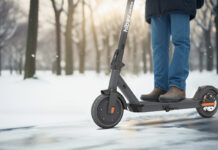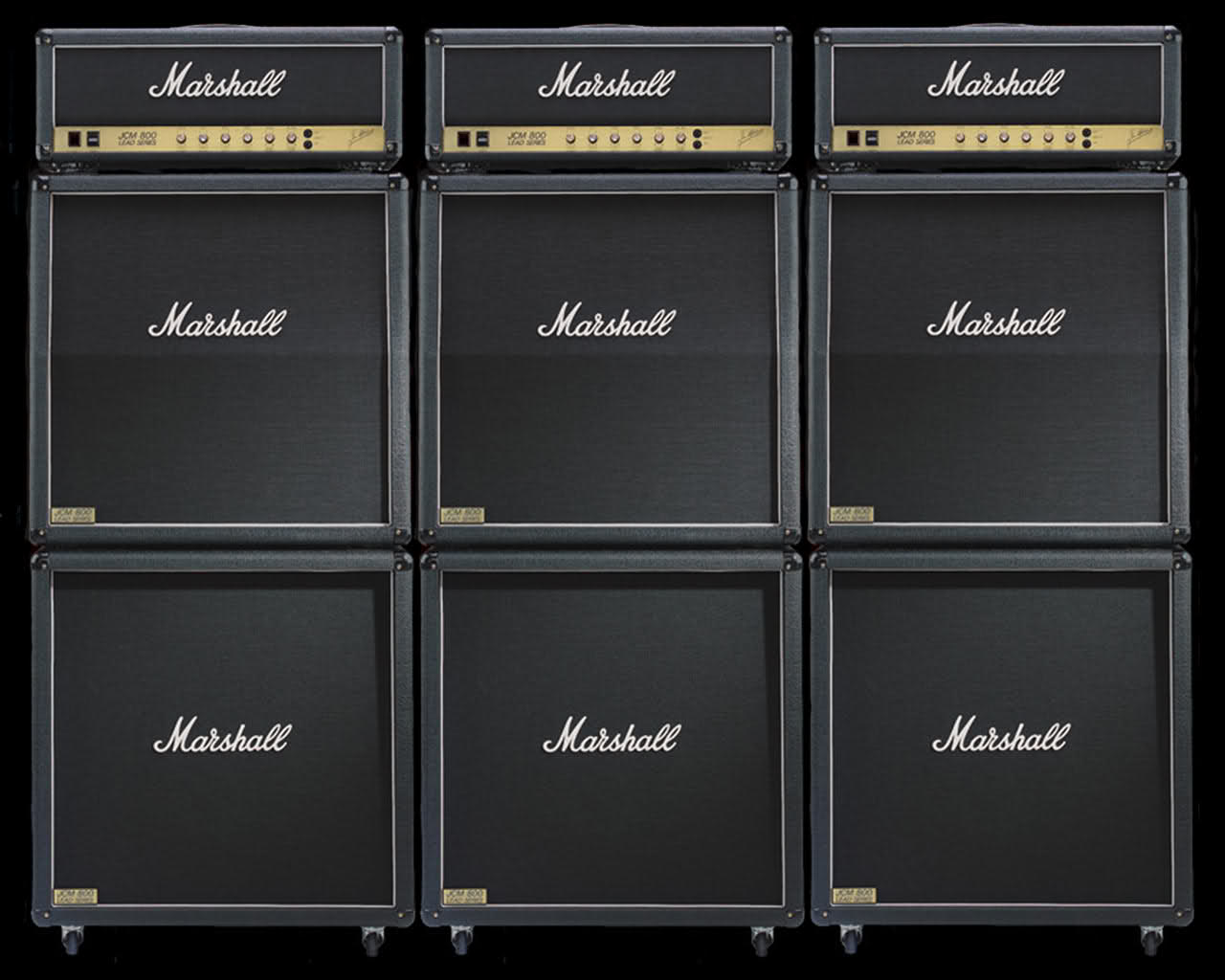 You’ve got your guitar, and a tune in your head. But you also imagine a particular tone you’d like your skull crushing rock epic to sound like. Your guitar is certainly a part of that overall sound, and your playing styles and techniques will certainly contribute. Ultimately, though, your amplifier is what will define your tone. The number of amplifier options and technologies involved seem endless, and can be confusing. How do you even begin looking? I’ll try to help you find the amp that will deliver the sound you want.
You’ve got your guitar, and a tune in your head. But you also imagine a particular tone you’d like your skull crushing rock epic to sound like. Your guitar is certainly a part of that overall sound, and your playing styles and techniques will certainly contribute. Ultimately, though, your amplifier is what will define your tone. The number of amplifier options and technologies involved seem endless, and can be confusing. How do you even begin looking? I’ll try to help you find the amp that will deliver the sound you want.
As a hard rock or metal guitarist, you generally know the tone you want ot get from your playing—even if you can never quite seem to nail it down. Whether you are 15 or pushing 50, you probably want it loud, and nuanced with a certain edge. While bigger may have meant louder in the past, technologies change, and that is not necessarily always the case anymore.
There are many things to consider when looking to purchase an amplifier for your guitar, likely the most important factor relates to what you intend to use it for. Practicing in your bedroom or basement carries a significantly different requirement from your amp than playing live or studio recording does and will ultimately affect the choice you will make.
When I got my first real job, I bought what I wanted rather than what I really needed: a Marshall JCM 800 (what I wouldn’t do to have that back) with a 4X12 slant cab. It just made my neighbours hate me since a tube amp like that required a certain volume level in order to truly get the warmth and grit that I wanted. The upside was that I was stage ready—well at least my gear was. It also helped me get many opportunities to jam with people; woodshedding is nice but playing with others really gets those chops in order.
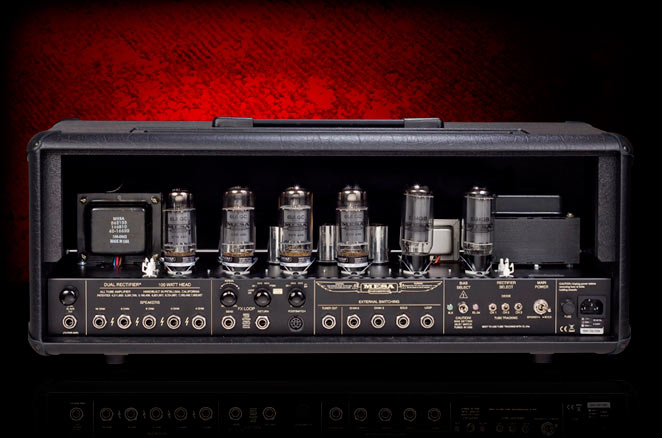
My gear
Now, I have different amps for different circumstances. I have a small combo amp at home for practicing and keep my Marshall DSL head and a 4X12 cabinet at our rehearsal space since it’s tougher to haul that around all the time. I also use a pedal board in rehearsal and live situations and I run that through an effects loop in my Marshall’s head. Using the effects loop just means that any effects you run do not get applied until after the preamp stage. While there is no real right or wrong with this, it is subjective tastes like everything else, as a general rule you want the gain and tone of the preamp to be clean before adding effects and hitting the power amp. The effects loop ensures this happens as it waits until after the preamp to jump into the signal chain. If you use effects pedals then you will likely want an amp with an effects loop.
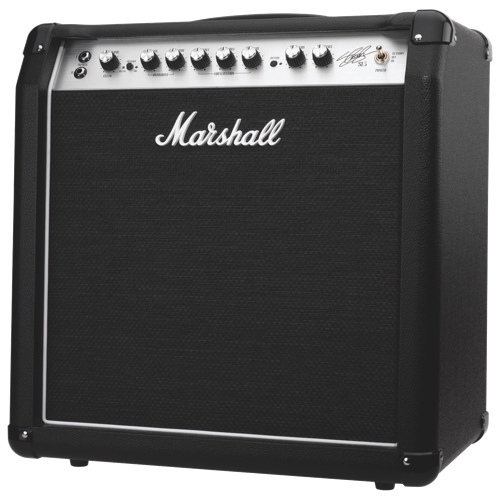
Amplifier types
When it comes to the technology of the amplifiers themselves, your main choices have traditionally been between vacuum tubes or solid state (transistors) and having a separate head and speaker cabinet or a “combo” where the amp and speakers are together in one unit.
There are now some hybrid models that usually have a tube preamp stage and solid-state circuitry providing the power. Tube amps arguably provide a “warmer” tone than solid-state but are usually more expensive and require more general upkeep as tubes need to occasionally be replaced. They can sometimes also sound slightly different than the last time you played and also get warmer and louder after they have been running for a while and heat up. Solid-state may lack some of the “feel” and tonal qualities associated with tubes but can be more reliable and take a bit more abuse.
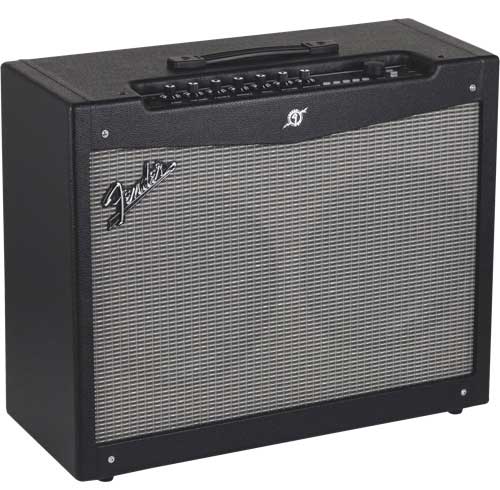 The newest entry is the digital “modeling amp” which emulates, in some cases better than others, the general tone of different guitars and amplifiers, both tube and solid state. You can change settings to make your amp sound like you are playing a Gibson Les Paul through a 70s Marshall tube amp and cabinet and another quick change sees you playing a Stratocaster or Telecaster through a bluesy tweed amp. They usually come with different built in effects as well so the sounds you can produce are limited only by your imagination. If you are playing in a band that is primarily playing cover songs, then a modeling amp is ideal in allowing you to create a sound very close to the wide array of original recordings you will be playing.
The newest entry is the digital “modeling amp” which emulates, in some cases better than others, the general tone of different guitars and amplifiers, both tube and solid state. You can change settings to make your amp sound like you are playing a Gibson Les Paul through a 70s Marshall tube amp and cabinet and another quick change sees you playing a Stratocaster or Telecaster through a bluesy tweed amp. They usually come with different built in effects as well so the sounds you can produce are limited only by your imagination. If you are playing in a band that is primarily playing cover songs, then a modeling amp is ideal in allowing you to create a sound very close to the wide array of original recordings you will be playing.
In a live setting, I have seen several guitarists using combo and modeling amps and while they mostly don’t produce the volume required to fill a bar on their own, placing a microphone in front of your speaker and running the sound through the P.A. easily addresses that and provides all the volume you need. If you are one of 2 guitar players in a band, it has been my experience that if one guitarist plays through a tube amp and the other through a solid state, the tube amp with its deeper and beefier tone can bury the other guitar—even at matching volumes—making it tough to cut through and certainly needs to be something you consider.
Like with every decision you make related to music gear, you have choices. Plenty of choices. First thing to do is figure out what the primary use will be and that will start to inform the direction you head. If you’re ever unsure what something means, what something does, or what might best suit your requirements, simply ask another musician since we never tire of talking gear.
Read more about amps here:
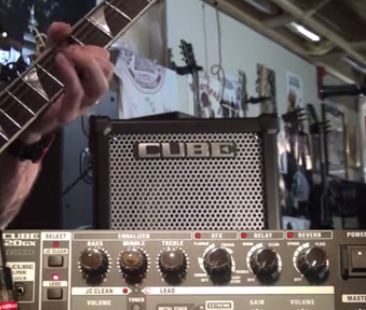 Review: Roland Cube GX20 |
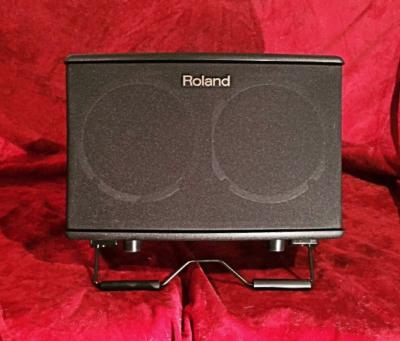 Review: Roland Acoustic AC-40 |

